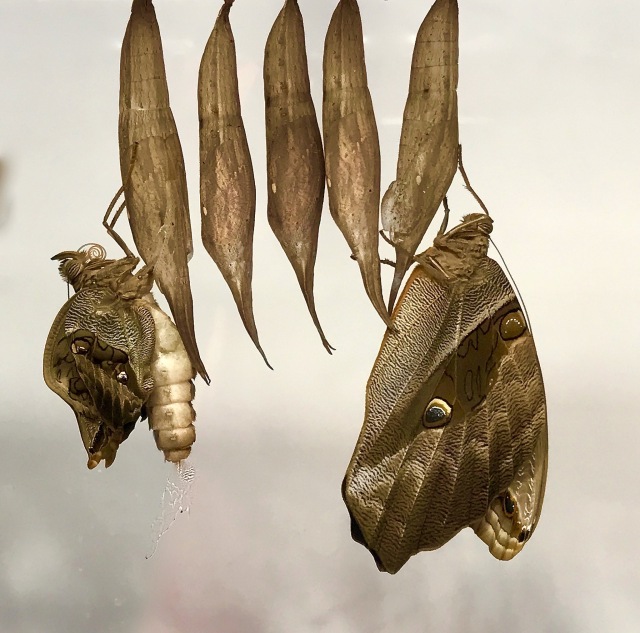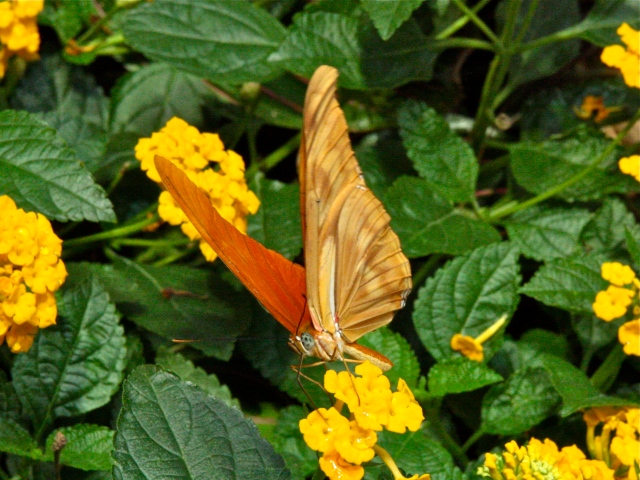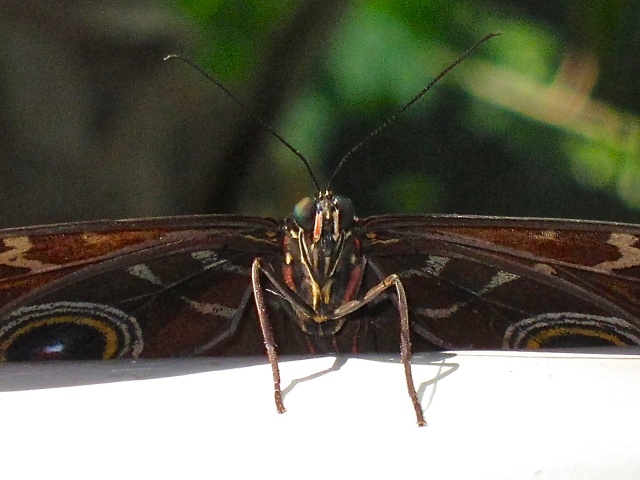TAXONOMY
Kingdom: Animalia
Phylum: Arthropoda
Subphylum: Crustacea
Class: Malacostraca
Order: Decapoda (crayfish, crabs, lobsters, prawns, and shrimp)
Infraorder: Caridea
Family: Hymenoceridae
Genus/species: Hymenocera picta
GENERAL CHARACTERISTICS: Pinkish white body color with splashes of purple-edged pink spots. Stalked eyes and antennae flattened and leaf-shaped.
Length up to 5 cm (2 inches)
DISTRIBUTION/HABITAT: Along the shores of East Africa, the Red Sea, to Indonesia, south to northern Australia and as far east as the Galapagos. Found on hard rocky or coral substrates, with lots of hiding places.
DIET IN THE WILD: It is a nocturnal feeder hunting in pairs for sea stars, using its claws to pry sea stars off coral reefs flipping them on their back. They then take them to their dwelling-place on the reef, where they consume their the tube feet of sea stars.
Harlequin Shrimps eating a Linka Seastar below
REMARKS: H. picta is known to feed on crown-of-thorns sea stars, so perhaps it should be considered a reef preservationists.
References
California Academy of Sciences Steinhart Aquarium Hidden Reef
Ron’s flickr https://www.flickr.com/photos/cas_docents/3270612381/in/album-72157659465376212/
Ron’s WordPress Shortlink http://wp.me/p1DZ4b-1K1
ADW animaldiversity.org/accounts/Hymenocera_picta/classificat…
























 LONGEVITY: Total lifespan: egg to adult, about 4.5 months; adults (butterflies): about 1 month.
LONGEVITY: Total lifespan: egg to adult, about 4.5 months; adults (butterflies): about 1 month.